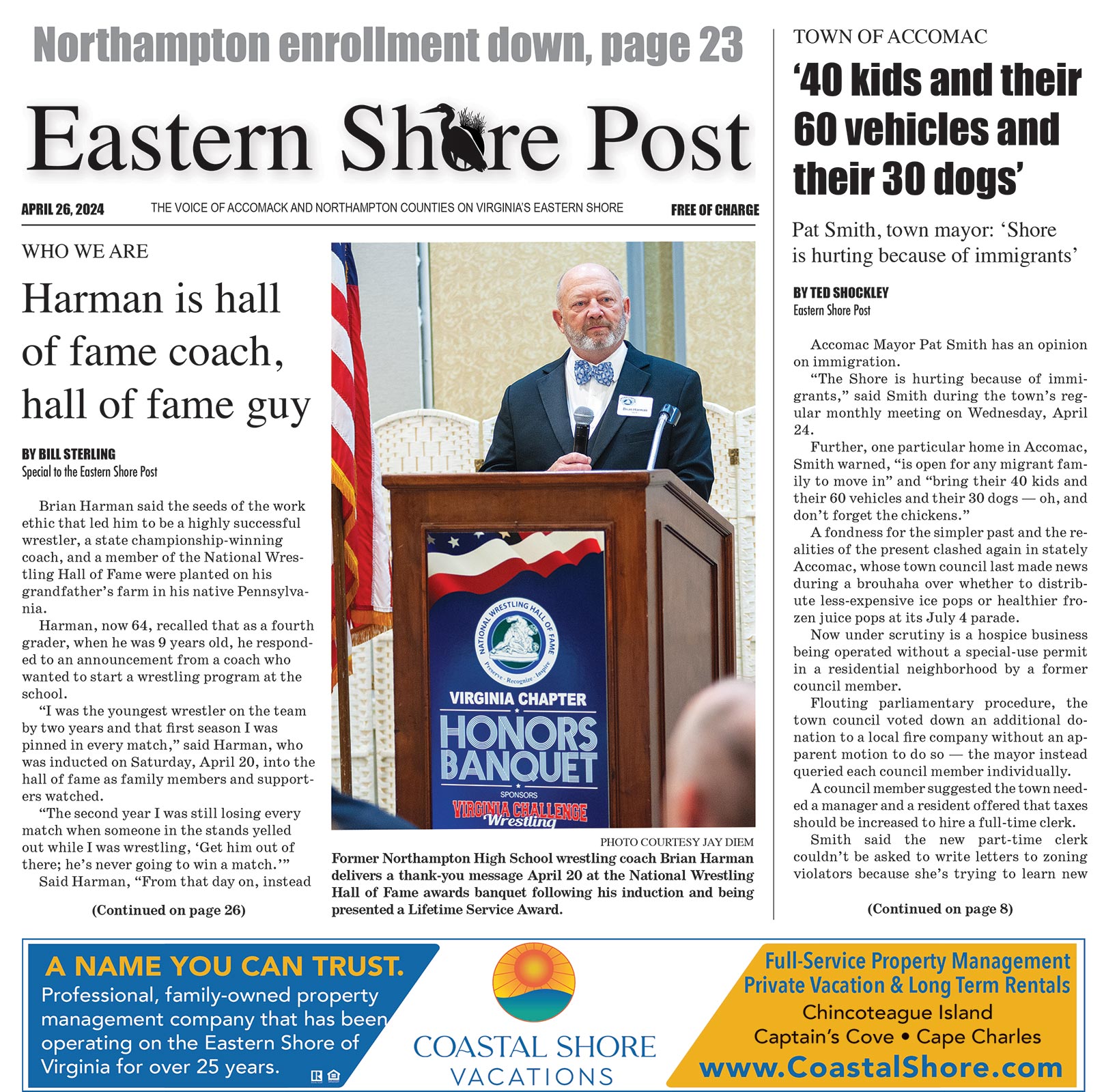By David Martin –
We got stressed when we opened our internet tubes this week because all kinds of things came out about life’s stressors. Compiling information from several sources, the following 10 seem to be the top stress-causing events or situations in many people’s lives: death of a spouse or close family member; divorce or separation; jail; moving to a new home; problems at work or loss of a job; being injured or seriously ill, including mental issues; natural disaster; wedding; retirement; reconciliation with a mate.
Most of these are obviously negative events or situations while a few (moving to a new home, retirement, reconciliation with a mate) might be considered negative or positive depending on a person’s situation. But your wedding? Isn’t that supposed to be joyous and positive?
Grooms and brides will tell you that weddings are happy but, yes, very stressful. According to sources in the massive wedding industry ($57.9 billion last year but down from the pre-pandemic level of $70 billion), much of the wedding stress occurs in the planning stage when brides and grooms become obsessed with details: fish, meat, vegan, who to invite and who definitely NOT to invite, dealing with vendors, etiquette of everything from seating to thank-you notes. Also, conflicts with family members often arise during weddings.
Wedding costs can be the major stressor. Based on 15,000 couples surveyed by WeddingWire Newlywed Report, couples on average estimate their weddings will cost $16,000 but end up costing almost twice that much. The Knot’s 2021 Real Weddings Study found that the average wedding cost was $28,000.
Sometimes, the wedding-cost stress kicks in a year later when a struggling couple realizes how much they need that wedding money. Instead of a new car or a big chunk of a down payment on a house, the couple has memories.
An article in Vox.com explained that wedding costs are so high for the same reasons that housing costs have risen so much: as massively wealthy people spend more on houses and weddings, which they can afford, the near-wealthy spend more to keep up, and then average-income people spend more to keep up with the near-wealthy, and finally the poor-to-working class spends to have houses and weddings like those of average-income people.
It’s a spiral that results in the median house price last year being $374,900 while it was $47,200 in 1980. New houses now are 50% larger than they were in 1980, when a median worker had to work about 50 hours a month to cover rent. Today, that worker has to put in twice the hours to cover housing.
We probably don’t need houses that are 50% larger than our parents’ and grandparents’ houses, just as working-class couples probably don’t need $30,000 weddings. But the spending spiral is in place, making weddings one of the top-ten stressors in American lives.



